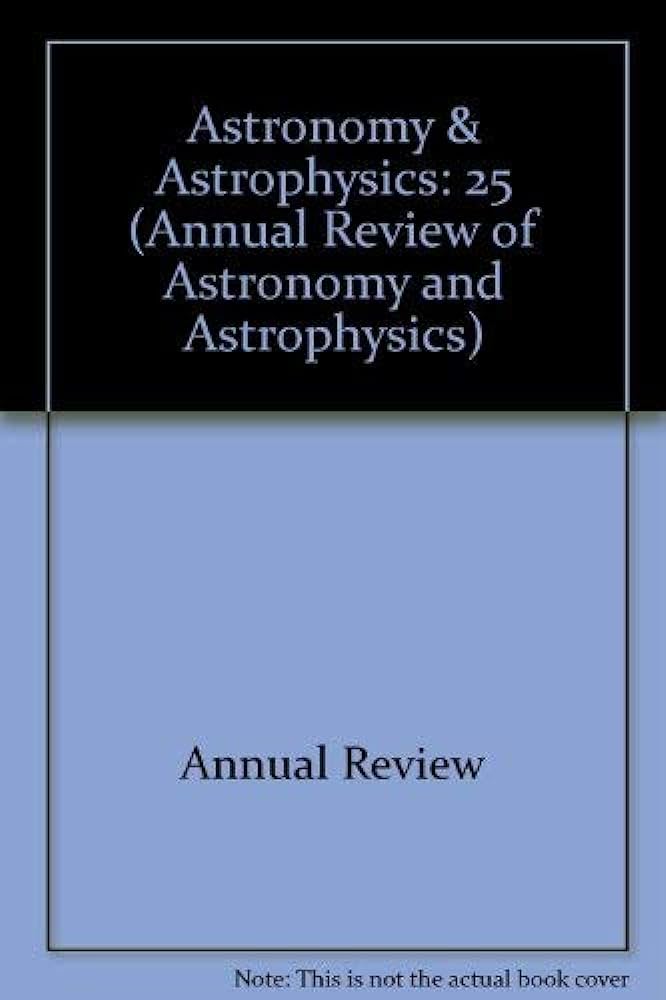Supermassive Black Holes in X-Rays: From Standard Accretion to Extreme Transients
IF 32.5
1区 物理与天体物理
Q1 ASTRONOMY & ASTROPHYSICS
Annual Review of Astronomy and Astrophysics
Pub Date : 2025-06-23
DOI:10.1146/annurev-astro-071221-052844
引用次数: 0
Abstract
X-rays are a critical wavelength for understanding supermassive black holes (SMBHs). X-rays probe the inner accretion flow, closest to the event horizon, where gas inspirals, releasing energy and driving black hole growth. This region also governs the launching of outflows and jets that regulate galaxy evolution and link SMBH growth to their host galaxies. This review focuses on X-ray observations of SMBHs, through “standard accretion” in persistent active galactic nuclei (AGN) and in extreme transient events, such as tidal disruption events (TDEs), changing-look AGN, and quasi-periodic eruptions (QPEs). We describe the X-ray spectral and variability properties of AGN and the observational techniques that probe the inner accretion flow. By understanding the phenomenology and accretion physics in standard, individual AGN, we can better probe more exotic phenomena, including binary SMBH mergers or extreme mass ratio inspirals (EMRIs). In this review, the reader will discover the following:x射线中的超大质量黑洞:从标准吸积到极端瞬变
x射线是了解超大质量黑洞(SMBHs)的关键波长。x射线探测最接近视界的内部吸积流,在那里气体吸入,释放能量并驱动黑洞生长。这个区域还控制着流出和喷射的发射,这些流出和喷射调节着星系的演化,并将SMBH的增长与它们的宿主星系联系起来。本文综述了通过持续活动星系核(AGN)和极端瞬态事件(如潮汐破坏事件(TDEs)、改变面貌的AGN和准周期喷发(qpe)的“标准吸积”对SMBHs的x射线观测。我们描述了AGN的x射线光谱和变化特性,以及探测内部吸积流的观测技术。通过了解标准的单个AGN的现象学和吸积物理,我们可以更好地探测更多的奇异现象,包括双星SMBH合并或极端质量比吸气(EMRIs)。在这篇综述中,读者将发现以下几点:▪x射线在时间尺度上的变化,从分钟到小时都可以追踪事件视界附近的吸积。x射线可以测量黑洞的质量、旋转和吸积流的几何形状和动力学。在像tde这样的瞬变过程中,x射线探测新形成的吸积盘,这些吸积盘为黑洞提供了能量。qpe被认为是围绕吸积的SMBHs运行的emri,会发射低频引力波。未来的x射线、时域和多信使巡天将彻底改变我们对SMBH增长的理解。
本文章由计算机程序翻译,如有差异,请以英文原文为准。
求助全文
约1分钟内获得全文
求助全文
来源期刊

Annual Review of Astronomy and Astrophysics
地学天文-天文与天体物理
CiteScore
54.80
自引率
0.60%
发文量
14
期刊介绍:
The Annual Review of Astronomy and Astrophysics is covers significant developments in the field of astronomy and astrophysics including:The Sun,Solar system and extrasolar planets,Stars,Interstellar medium,Galaxy and galaxies,Active galactic nuclei,Cosmology,Instrumentation and techniques,
History of the development of new areas of research.
 求助内容:
求助内容: 应助结果提醒方式:
应助结果提醒方式:


